|
|
 Tianran
Garden Tianran
Garden
|
|
When I came
into Tian Ran Garden(a
dye shop), I
saw the rape flowers were in full bloom and several trees stood there. Each kind
of plant had its own color scheme. You must be curious why this tiny plant can
dye many colors. Isn’t there any secret? These plants have the magic power to
produce colors such as Cissus sicyoides, Strobilanthes cusia, Indigofera, the
Taiwan Ebony, Common garcinia, the Taiwanese Cherry and the most special
one—Haeatoxylon. It can produce black color. The common plants are difficult to
dye black color but Haeatoxylon is the exception. It only needs to dye one time
for black.
|
|
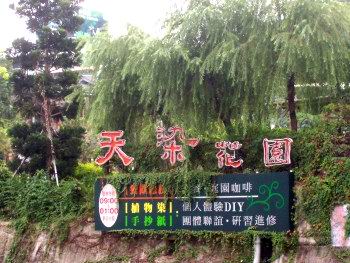
Here
we were! This is Tianran Garden.
|
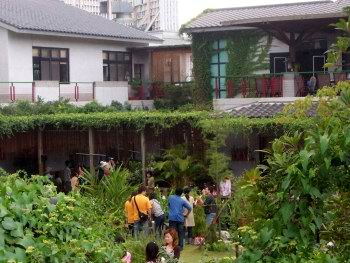
Several
kinds of plants
|
|

The presenter of Tianran Garden
|
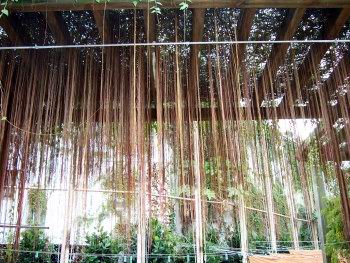
Cissus sicyoides is commonly calledpearly casement.
|
|
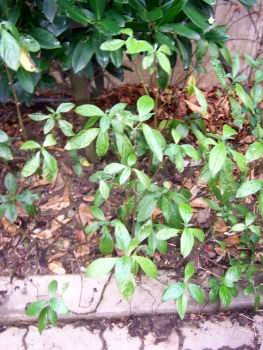
Strobilanthes cusia
|
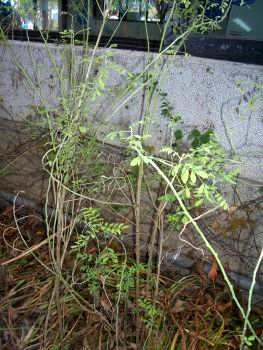
Indigofera
|
|
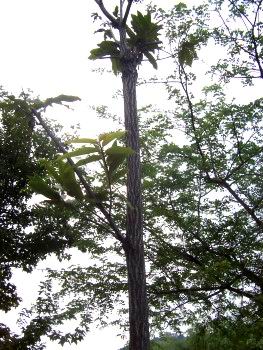
The Taiwan Ebony
|
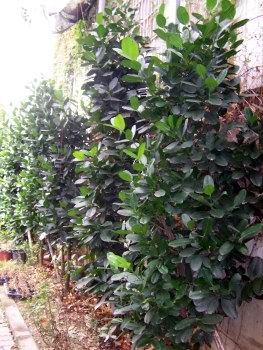
Common garcinia
|
|
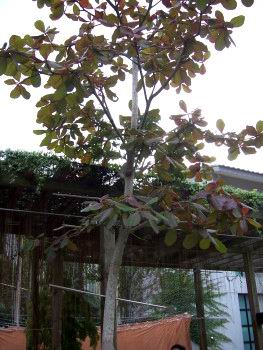
Terminalia catappa—it can be made into Chinese medicine
|
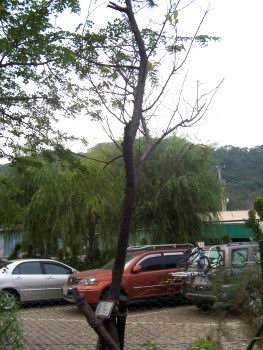
The Taiwanese Cherry
|
|
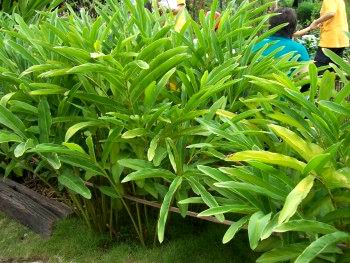
Curcuma—it has the function of
disinfecting.
|

Haeatoxylon campechianum
|
|
 The technique to dye colors with the plants The technique to dye colors with the plants
|
|
The presenter took us to Tianran workshop.
There are many techniques to dye colors with the plants, but the process
of each technique would be remarkably different. If you miss the detail
part, then you will dye the white cloth all the time. Therefore, each
process of dyeing is indispensable.
|
|
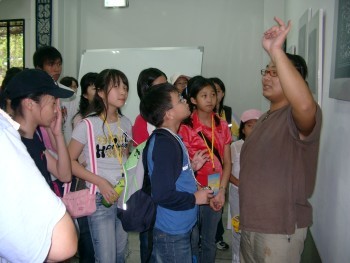
The presenter explained there were many Kinds to dye the plants
|

Look! This is an elaborated batik painting.
|
|

Everyone turned around to look at the pillar.
|
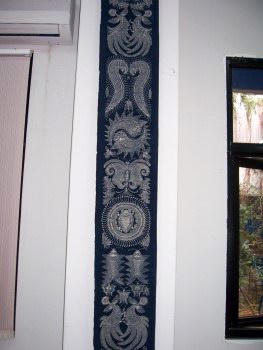
This was the dying cloth.
|
|
 Rubbed Strobilanthes cusia Rubbed Strobilanthes cusia
|
|
After
we came to the Tian Ran Garden(a dye shop), the presenter started to introduce us to all
kinds of plants that can be used for dying clothes. While the presenter
was introducing the Strobilanthes cusia(a flower), she suddenly asked us, “Who wants to do an
experiment?” Yi-jie Huang, Wei-ling Chen, other unfamiliar and I people
raised our hands quickly to be a volunteer. The presenter readily picked
some Strobilanthes cusia for us and asked us to rub it again and again
with our hands. When we opened our hands, we found our hands became green
and later turned blue as oxygenized with the air.
The presenter told us the color on our hands
could not be washed off for two days later. We felt cheated. But we had a
lot of fun experiencing the natural change of color when rubbing the
Strobilanthes cusia.
|
|

Everyone
was looking for the plants for dyeing blue color.
|
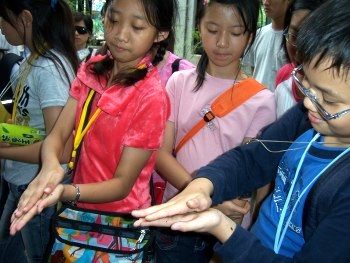
We rubbed Strobilanthes cusia in our hands.
|
|
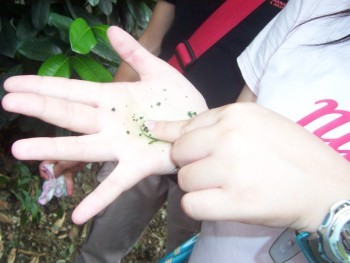
Weiling rubbed hard.
|
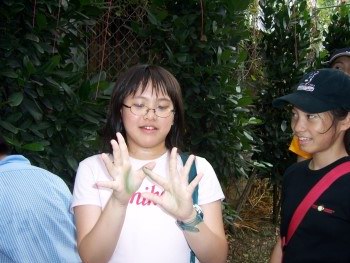
Eh..How come I can’t wash it away?
|
|
 The problem of
color fading The problem of
color fading
|
|
The people had to work hard to dye the cloth,
especially to dye the blue cloth. It was hard to dye Indigofera and Strobilanthes cusia because
there was Indigo ucite in the leaves. The dyeing became Indigo or blue after
oxidization. It took two days, so it was a hard work to complete the work
during the two days. Luckily, the intelligent ancestors discovered the
way to prevent the cloth from fading by fermenting. That is, to pour rice
wine and maltose before fermenting. Rice wine is the main material for
fermenting and maltose is the main nutrition. This method has used for many
thousand years. Dyeing cloth by fermenting really works out quite well.
|
|
 The applications of dyeing to our daily life The applications of dyeing to our daily life
|
|
Dyeing is not limited to dye cloth. It has
become one part of our daily life. For example, it can also apply on the
Klacca, which can produce glue balls. They are one of the coke’s pigments.
The khaki curcuma can be used in washing clothes and socks because it has
the function of disinfecting. It is also the main pigment for curry
powder. After listening the detail explanation, I just knew that these
many plants had so many useful functions! I had a deeper understanding of
dyeing with plants.
|
|

Klacca can
produce chocolate color.
|

Curcuma can produce khaki color.
|
|
 Learning remarks Learning remarks
|
|
This
activity let me understand the functions of dyeing with plants more and
let me understand former people how to dye cloth. The method of dyeing
cloth with plants is more complicated than dyeing with chemical materials.
Dyeing with plants is healthier for people’s health without making any
pollution. In addition, I also learnt that “ Indigo blue is extracted
from the indigo plant but is bluer than the plant it comes from”. I
indeed learnt a lot from this activity.
|
Written by Wei- Ling, Chen
|
